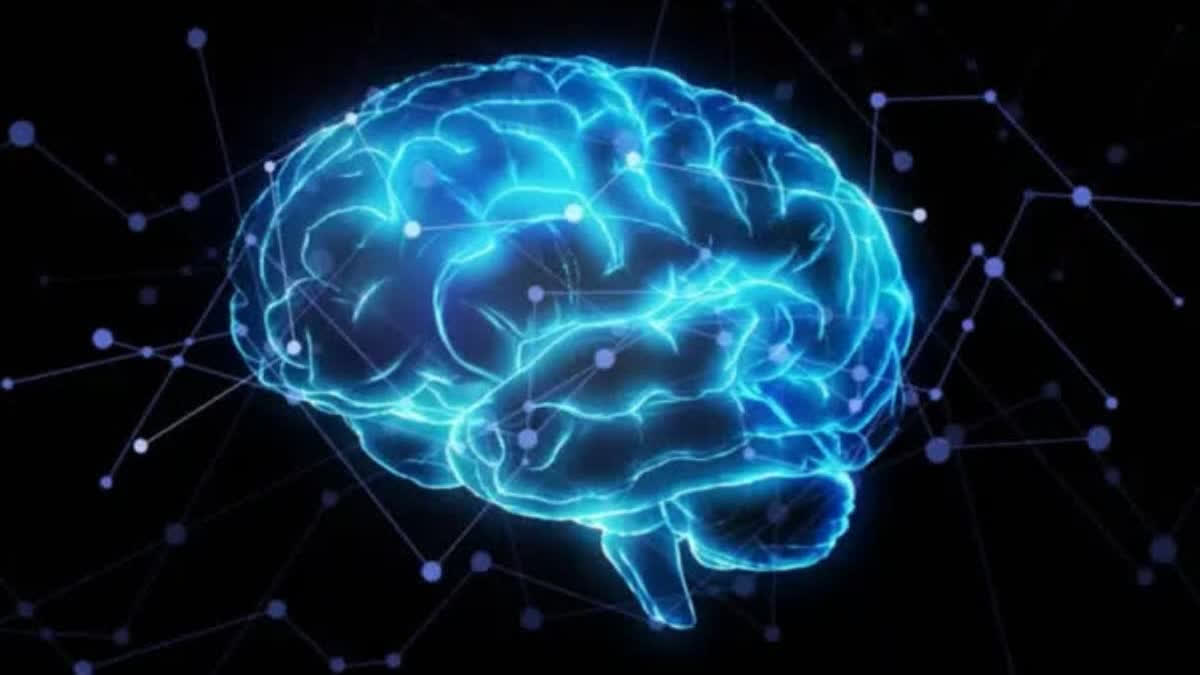New Delhi: Scientists have found evidence of two distinct networks in the brain, regions within the frontal and temporal lobes, being activated and working together when a person is reading to integrate the meanings of individual words to obtain more complex, higher-order meaning. The scientists from University of Texas Health Science Center at Houston (UTHealth), US, said that their study helps them understand how distributed hubs in the brain's language network work together and interact to allow us to understand complex sentences.
The researchers also said that understanding the science behind the highly rapid, complex process of reading would allow them to learn more about how the brain functions in dyslexia. "Our brains are remarkably interconnected, and for us to understand language requires a precise sequence of rapid, dynamic processes to occur in multiple sites all across our brain," said Oscar Woolnough, postdoctoral research fellow at UTHealth Houston and first author on the study. The study is published in the journal Proceedings of the National Academy of Sciences (PNAS).
Also read: New gene discovery could lead to effective, reversible male contraceptive
The research team performed recordings from the brains of patients with electrodes surgically placed to localise epilepsy to identify the specific roles and interactions of the brain areas involved in reading. The neural activity of these patients was measured while reading three forms of sentences: regular sentences; "Jabberwocky" sentences, which use correct grammar and syntax but contain nonsense words, making them meaningless; and lists of words or nonsense words.
From these recordings, the scientists identified two brain networks that played a key role in the reading process. One network involved a region of the brain's frontal lobe sending signals to the temporal lobe, showing progressive activation when a person is building up complex meaning along the length of a sentence.
The second network involved a different region of the brain's temporal lobe sending signals to an area of the frontal lobe, allowing understanding of the context of a sentence to enable easier comprehension and processing of each new word that is read. "Our work is making it clear that most processes - say comprehension or language generation - don't occur in a single region, but are best understood as very transient states that many separate areas of the brain achieve by very brief, yet critical, interactions," said Nitin Tandon, professor at UTHealth Houston and the study's senior author. (PTI)



